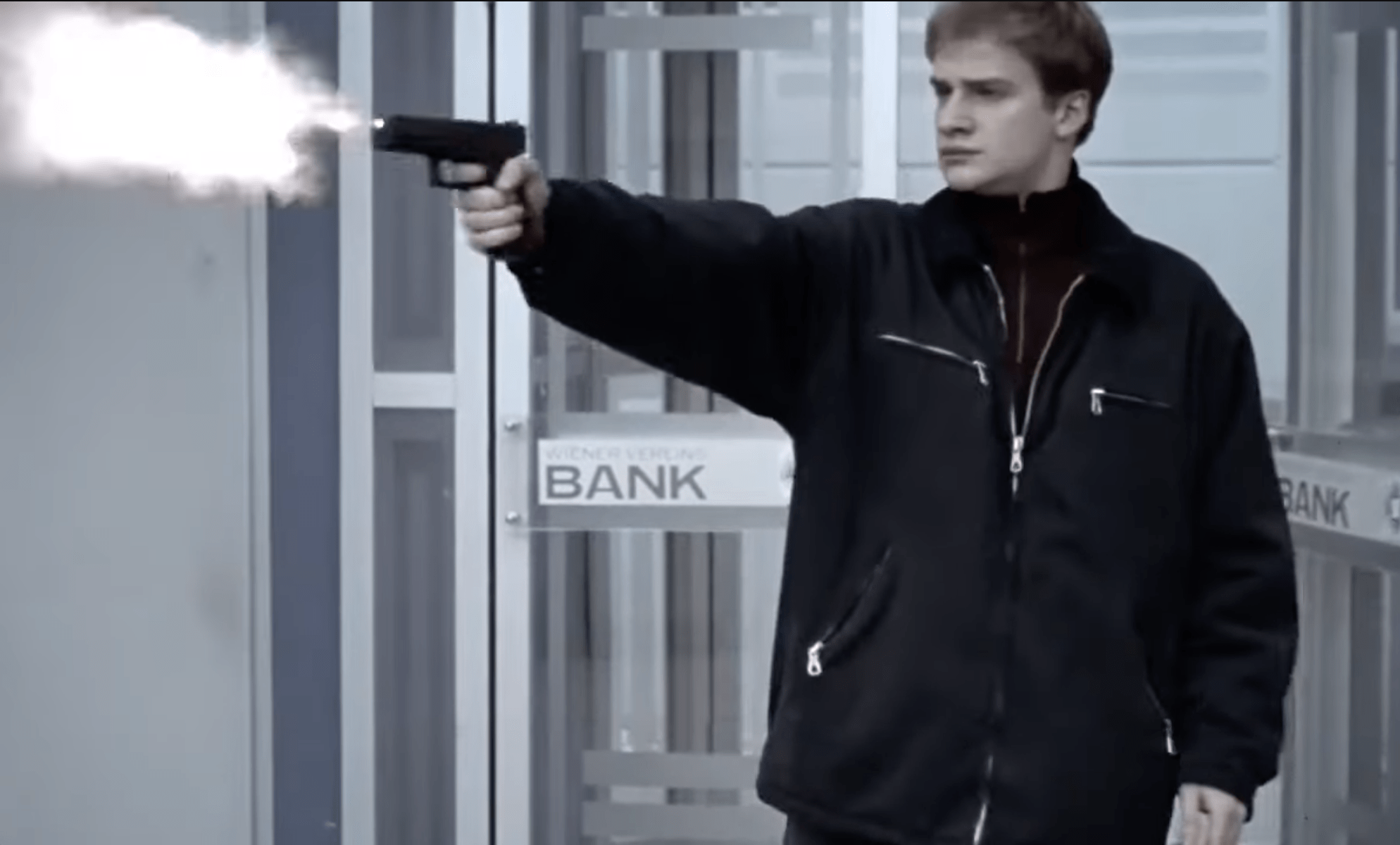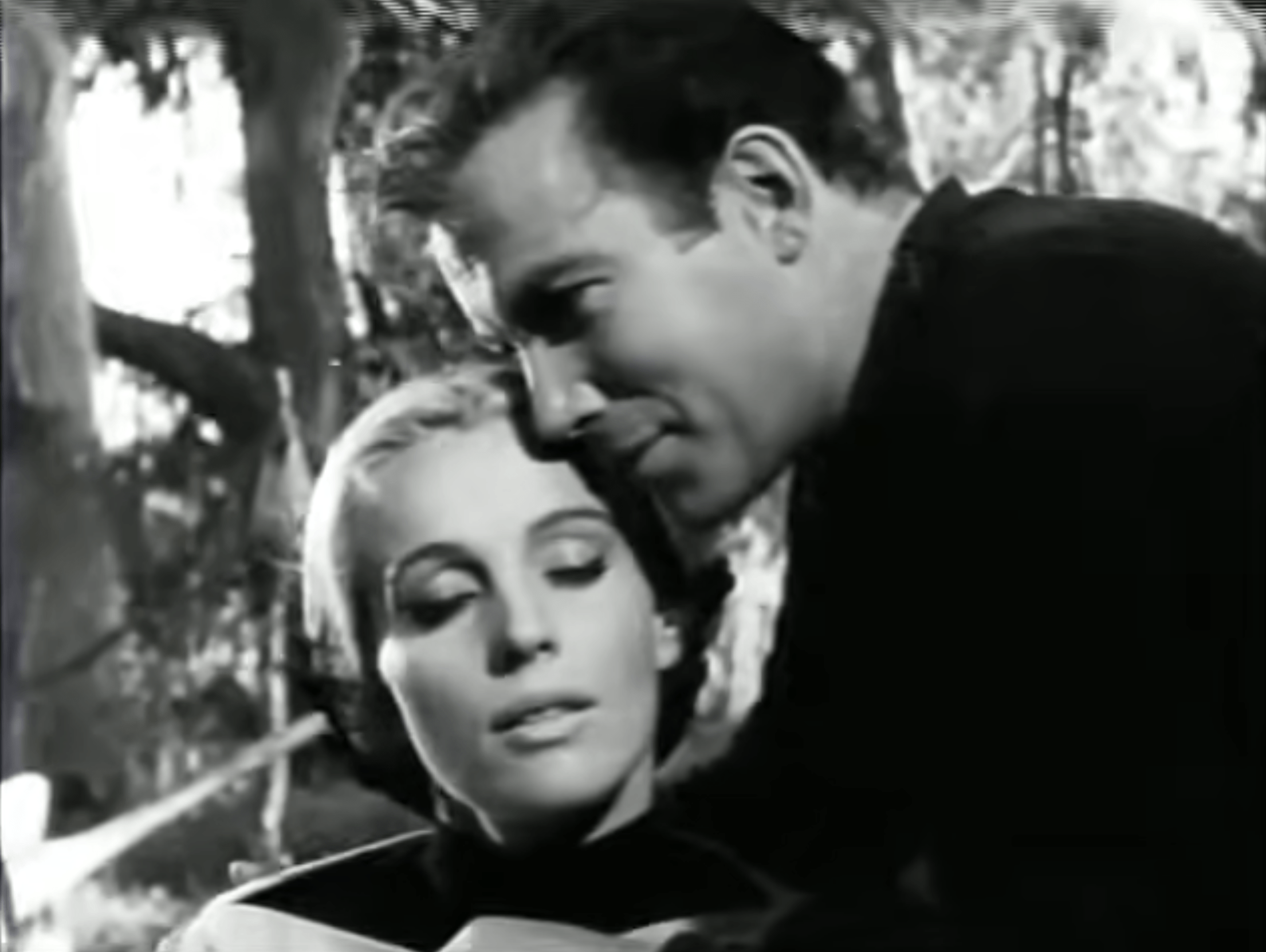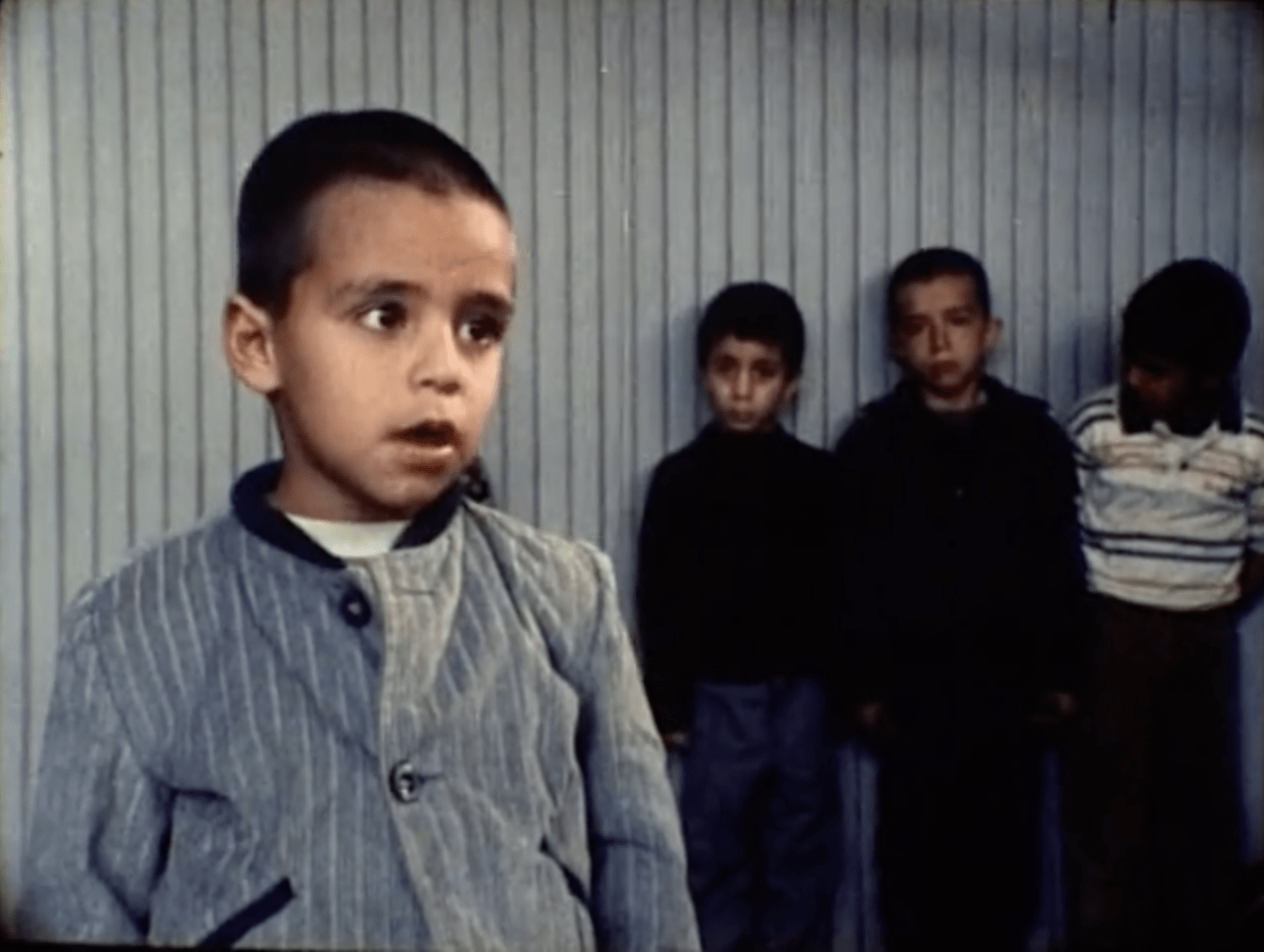
I didn’t realize how much I adjust my expectations when I sit down to watch an Iranian film. I hear Farsi being spoken, I see women in hijabs and I settle into a mode of watching that almost unknowingly accommodates the censorship I expect to encounter. It’s only upon seeing a film like Women Without Men, which transgresses normal limits of Iranian censorship, that I realize how conditioned I’ve become.
Filmmakers Shirin Neshat and Shoja Azari did not make their film Women Without Men in Iran. It was made in Morocco. The film is set in Iran and is concerned with Iranian history but it is definitely not like an Iranian film produced in Iran. There are obvious transgressions such as sex, nudity, and anti-government messages, but on a deeper level, the film is able to travel wherever it needs to in order to tell its story. There is a freedom of movement and expression that gives the film a unique atmosphere.
Women Without Men is a deeply layered and complex film. It is too rich for me to approach as a whole. Instead, I will address just one theme, the way women are placed on the screen and their relationship to the environments they inhabit. Women Without Men is a visually lush and beautiful film. The strange color of the movie is the first thing you notice. It looks a little like a colorized black and white film. The saturation is low and the colors seem generalized as if they lack the specificity that real light reveals.

The film uses the lives of four women as a scaffold for discussing a wide spectrum of issues. It is set in the turbulent 1950s when Iran was struggling against British and American interference with Iranian elections. The struggle was a turning point politically, socially, and culturally. The future of how women would be treated and what spaces they would occupy was in flux. Part of the oddity of the film is seeing Iran before it was shut down by religious extremists. The questions of where women would exist in a new Iran are made apparent in the literal placement of them on screen.
The film opens with a woman in her black chador standing on a roof looking out at the city and the sky. She is trying to escape her life inside the building beneath her feet. There is no place for her there. She leaps off the roof and as she falls the movie begins. It is as if the movie is her life flashing before her eyes just before her death.
The black chador is a strong visual presence throughout the film. The black garments often seem like holes cut into the image. They act like black markers of absence. They establish where a woman could be present but instead is more like a shadow. The women in the film use their chadors in multiple ways. A chador is a way of being modest allowing the wearer to blend in but it is also a bold, even loud symbol of being female. Depending on where you encounter one, a chador can make a woman pop out in high contrast or disappear in the darkness. From inside the chador, one can feel protected or exposed. It can be a place to hide but also a vantage point to unobtrusively observe one’s surroundings. A simple piece of black cloth becomes a complex nexus of social interaction.

The film contrasts urban and rural spaces. Urban environments tend to be baron and cold whereas rural areas feel fecund and soothing. The women effect and are effected by their environment. Women Without Men carries the influence of magic realist writers like Isabel Allende and Gabriel Garcia Marquez. Forces much larger than the characters are at work. A woman’s presence seems to have mystical implications. In one scene one of the heroines sits in a baron field but there is a bright clutch of colorful flowers in a circle around her. In contrast, a terribly abused woman sits on a similarly baron expanse and plants tiny origami flowers all around her as if her life force is no longer capable of enriching or being enriched by nature.

In another scene, two of our heroines are walking down a long, dusty road. One side of the road is dry and dead, and the other fertile and green. There are many wide-open shots where the horizon splits the screen in half. These images contrast with the more closed in and dark shots of urban life.

Urban environments are more controlled and more politically charged. The protests and the eventual coup take place in the streets of Tehran before they reach the countryside. The woman who commits suicide, in the beginning, is seen dead on the cobblestone street but is taken out to a vineyard to be buried. The fertile soil seems to heal her. Later in the film, she calls out to a friend from beneath the earth and is raised from the dead. What was meant to be a final resting place becomes the site of rebirth. The vineyard and the attached farm become a refuge for all four women. It is a paradise, a place of healing.

Islam is full of descriptions of and references to paradise. Paradise is of course a translation but the word is more concrete than heaven. Paradise conjures imagery that stems from earthly beauty. It summons images of sunshine and waterfalls and lush greenery. Paradise also harkens back to the Garden of Eden. A perfect place that was lost. For these women Iran they knew as home may also disappear.
In the film, there are several moments where we follow a stream until it reaches the outer wall of a farm and vineyard. There is a hole in the wall which is used by one of the women to sneak onto the farm. In Islamic tradition, paradise is where the rivers of the world all meet, a kind of wellspring from which everything grows.
These themes of the female body and how it occupies space are a small facet of a larger far more complex whole. Women Without Men deftly blends different arenas in which women operate. We see the wife, the prostitute, the entrepreneur, the activist, the young and old, the hopeful, and the despairing. We see them blend in and stick out. We see them succeed and fail. All these modes of existence are underlined by their position on the screen. The size, shape, and nature of their appearance helps to draw attention to their relationship with their environment and vice versa.

If you enjoyed this article click here for more
www.filmofileshideout.com/archives/mohammad-rasoulofs-the-white-meadows



